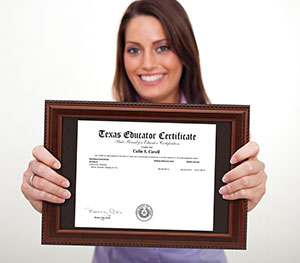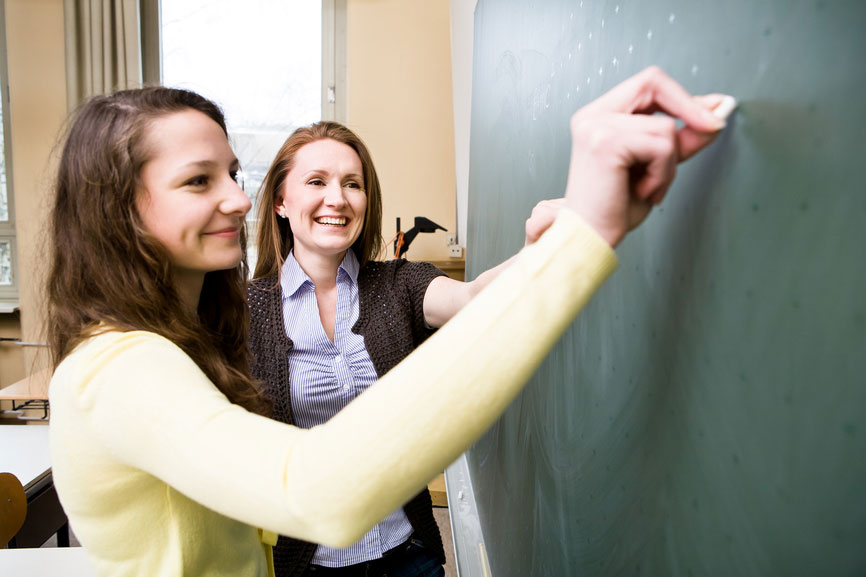Interactive Whiteboards
It is the beginning of another school year and you are searching for files to formulate lesson plans for the first week. The old tried and true worksheets come to light like, What Did You do Over the Summer, What Makes you Unique, and Personal Information worksheets. Then an email came from the instructional technology department talking about delivering an interactive whiteboard. How in the world will an interactive whiteboard help with the charge of teaching and learning? You were surprised to find that the curriculum department and technology department had worked together to create learning modules for the interactive whiteboard. Here are some of the ideas that you could use in your classroom to get your children excited about leaning.
In social studies classes, you can use the boards to show students how to read maps, learn about geography with interactive websites or software, and understand scales and legends. In one demonstration, using a pre-existing template form the gallery of the Notebook software the children were able to display a United States map and drag individual states to the correct location. Then the students were able to label the states and capital cities. Another activity you could use in the classroom was to log onto National Geographic maps and globes and have the children label each of the continents.
In science you will be able to show one or two of the virtual dissection websites to show your students the correct procedures when doing such an activity. This would be a great activity before the students actually do their procedures. If you save snapshots of the entire procedures your children will be able to reference this information when questions arise. If students are absent then the saved snapshots would be a great way to catch them up.
The coaches were also excited when they learned that an interactive whiteboard would be available to use with students. They will be able to demonstrate play by drawing in digital ink over the top of a soccer field template. Players can be added to show the location of particular positions on the field as certain plays unfold.
In math the touch-screen technology makes the interactive whiteboard ideal for teaching math lessons. Your students will retain material because of the tactile experience they have when they are involved in their own learning.
The following was sent prior to the training that would be provided by the technology department. It is excerpts provided by SMART Technologies Inc. from “Interactive Whiteboards and Leaning: A Review of Classroom Case Studies and Research Literature”. The study states that learning activities with an interactive whiteboard may include the following:
- Manipulating text and images;
- Taking notes in digital ink;
- Viewing web sites as a group;
- Saving notes for review via email, the web, or print;
- Demonstrating or using software at the front of the room without being locked behind a computer;
- Creating digital lesson activities with templates and images;
- Showing and writing notes over educational video clips;
- Using presentation tools built into the interactive whiteboard software to enhance learning material;
- Showcasing student’s presentations.
- These ideas could be further developed while your school year progresses.
Everyday educators strive to develop tools that will reach students in the classroom setting. These are digital students that sometimes know more about technology that you. You need to let go and trust that the technology will not break and can be figured out if problems arise. Your students are your greatest resource when it comes to technology.
The last discussion will be about students with unique or diverse learning needs. Most of the learning styles can be addresses when learning activities use the interactive whiteboard. The visual learners benefit from note taking and manipulating symbols. Kinesthetic or tactile learners are able to reinforce learning through exercises involving touching items from the lesson on the interactive whiteboard. Deaf and hearing-impaired learners rely on visual learning. With an interactive whiteboard they will be able to see the demonstration and you would be able to use sign language simultaneously in front of the students.
You will be able to transform your classroom into a twenty first century learning environment by using and incorporating the interactive whiteboard into your daily routine.










